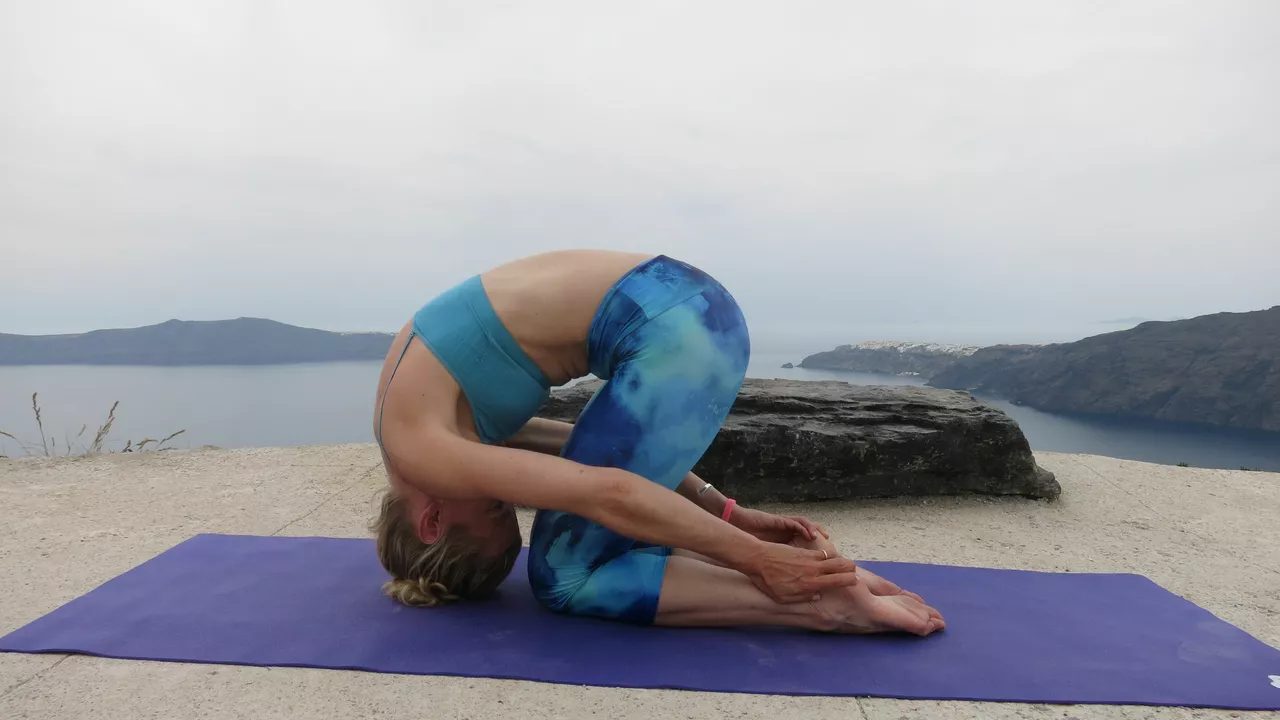Yoga benefits: what you actually get from a regular practice
Want more energy, less stress, and fewer aches? Yoga delivers those things without fancy equipment or huge time investments. The real value of yoga shows up in small, consistent habits: better flexibility, improved balance, stronger core, calmer mind, and often deeper sleep. These are immediate, practical wins you can feel in days or weeks if you stick with simple routines.
Quick benefits you can feel in weeks
Flexibility and joint ease: five to fifteen minutes of gentle stretching daily loosens tight hips, hamstrings, and shoulders. Try a short Sun Salutation sequence or a few forward bends each morning and you’ll notice reduced stiffness by the end of the week.
Strength and balance: many yoga poses build functional strength—planks, chair pose, lunges, and tree pose challenge muscles you use every day. Better balance cuts down the risk of trips and falls, especially as you age.
Stress and sleep: breathing techniques and mindful poses lower the body’s stress response. Even a 10-minute breathing practice before bed can help quiet the mind and improve sleep quality for many people.
Pain relief and blood pressure: gentle, regular yoga can ease chronic low-back pain and help manage high blood pressure when combined with medical advice. If you have hypertension, check with your doctor about suitable gentle sequences and breathing practices.
How to get benefits fast and safely
Be consistent, not perfect. Fifteen minutes every day beats an intense hour once a week. A short routine of warm-up, two strengthening poses, and a calming breath practice covers the essentials. For beginners, start with basic poses—cat-cow, downward dog, child’s pose, and bridge—and focus on alignment rather than depth.
Tailor practice to your body and age. There’s no strict age limit for yoga; kids, office workers, and seniors can all adapt the same poses. Older adults benefit from chair-assisted sequences and slower transitions. If a pose causes sharp pain, stop and modify—use props, a wall, or shorter holds.
Choose class type based on your needs. In-person classes give hands-on adjustments, which help beginners avoid bad habits. Online classes offer flexibility and a huge variety of styles. Try both and pick what keeps you consistent.
Thinking of teaching or deepening practice? A structured training course (like a 200-hour program) helps you learn anatomy, safe sequencing, and how to teach others—plus it deepens your own benefits because you learn to practice with purpose.
Small, regular steps lead to big changes. Start with what fits your day, keep it simple, and adjust as you get stronger and calmer. Yoga isn’t a quick fix, but done right it becomes a tool that improves how you move, think, and sleep.
Where did yoga originate from, and how does it work?
Hey guys, let's dive into the mystical world of yoga. Originating from the land of spices and spirituality, India, more than 5000 years ago, yoga is more than just twisting and turning your body in weird ways. It's a holistic blend of physical postures, breathing techniques, and meditation that works wonders on your body and mind. You might feel like a pretzel at first, but trust me, it's like a free chiropractor with the bonus of inner peace. So, unroll your mats, folks, because yoga is a journey of the self, through the self, to the self, and it starts right in your living room!
